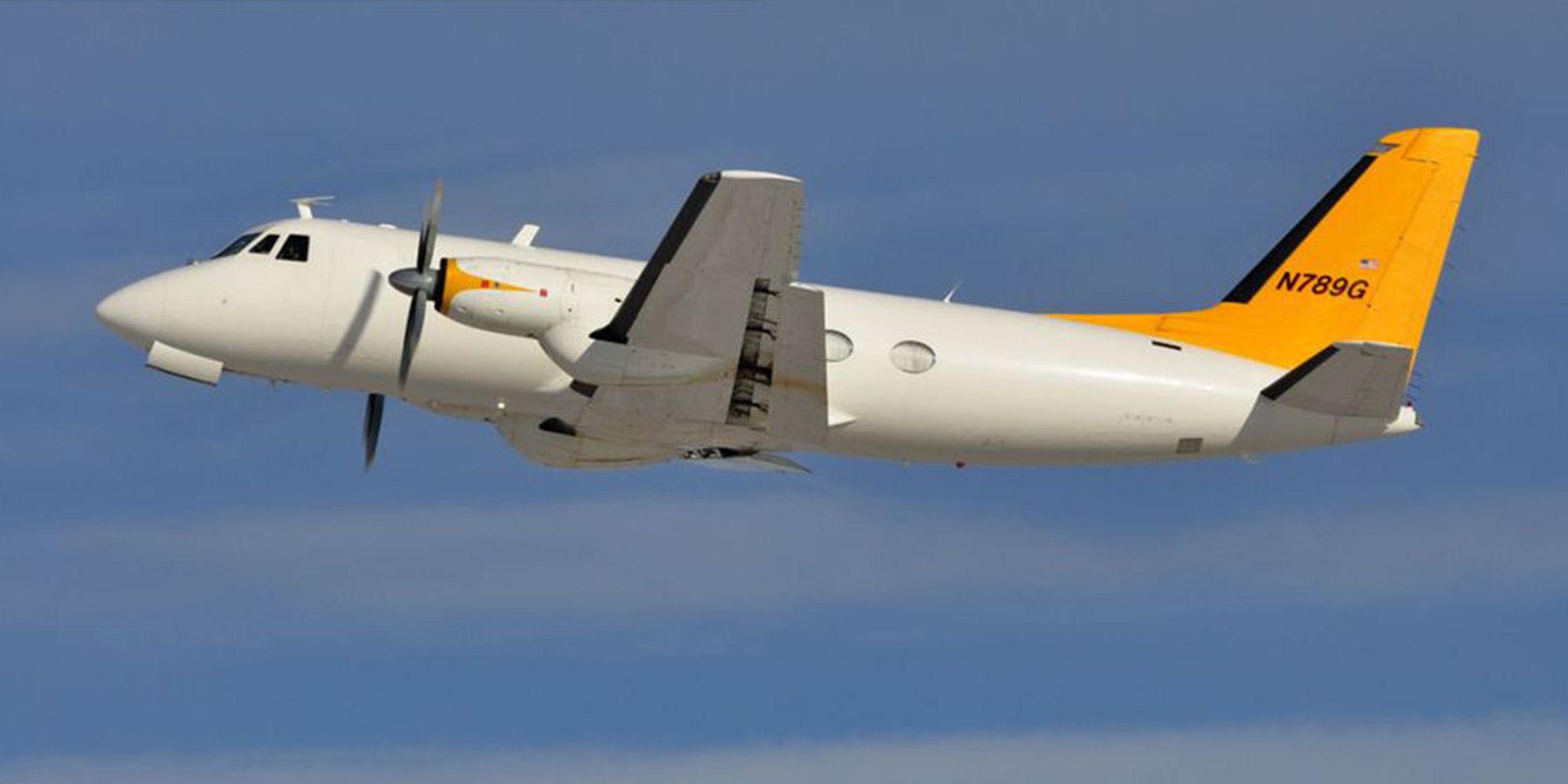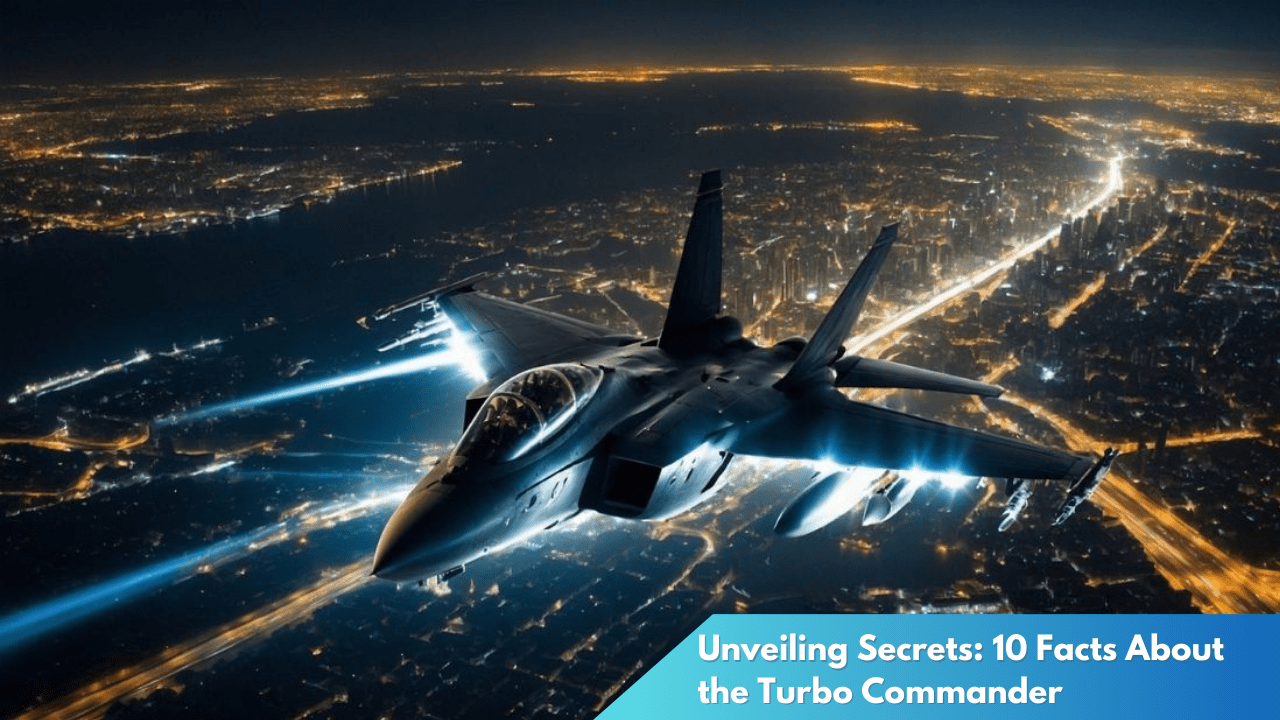Unveiling Secrets: 10 Facts About the Turbo Commander
The Turbo Commander, a distinguished name in the aviation industry, has long been revered by pilots and aviation enthusiasts alike. Known for its unique design and exceptional performance, this aircraft has a rich legacy that often goes unnoticed. In this article, we unveil some of the hidden facets of the Turbo Commander, shedding light on ten fascinating facts that have contributed to its iconic status.
Discovering the Turbo Commander: A Deep Dive

The Turbo Commander, initially introduced in the late 1940s, has undergone numerous transformations to become the powerhouse it is today. Originally designed by Ted R. Smith, the aircraft was developed to serve as a business and utility plane capable of short takeoffs and landings. Its evolution from piston engines to turboprops marked a significant leap in performance, enhancing both speed and reliability. Over the decades, the Turbo Commander has maintained its reputation as a versatile aircraft, capable of performing in a range of environments from corporate aviation to military operations.
One of the defining characteristics of the Turbo Commander is its distinctive high-wing design, which provides pilots with exceptional visibility and stability. This feature, combined with its pressurized cabin, makes it a preferred choice for missions that require quick ascents and descents. Its adaptability has allowed it to serve in diverse roles, including aerial surveying, cargo transport, and even medevac missions. Its ability to land on shorter runways without sacrificing safety has also made it a favorite for operators who require access to remote locations.
The aircraft’s development journey reflects advancements in aviation technology, with each iteration introducing significant enhancements in performance and safety. The incorporation of turboprop engines not only increased the aircraft’s range and cruising speed but also reduced its operating costs. This evolution was marked by the introduction of models such as the 690 and 840 series, which offered improved fuel efficiency and advanced avionics systems. These innovations have cemented the Turbo Commander’s place as a reliable workhorse in the aviation world, respected for its durability and operational flexibility.
Ten Lesser-Known Facts About This Iconic Aircraft

- Military Connections: While widely known in civilian aviation circles, the Turbo Commander has also served in several military roles. Its adaptability for surveillance and reconnaissance missions has been utilized by air forces around the world. The aircraft’s ability to operate effectively in diverse climates made it an asset for military operations requiring stealth and precision.
- Record-Setting Performance: In 1964, a Turbo Commander set a remarkable record by flying from Los Angeles to New York in under nine hours. This feat showcased the aircraft’s impressive range and speed capabilities, solidifying its reputation as a high-performance aircraft. Such achievements have contributed to its allure among private owners and charter operators.
- Unique Tail Design: One of the Turbo Commander’s distinct features is its “T” tail design. This configuration not only enhances aerodynamic efficiency but also improves aircraft handling during takeoffs and landings. The “T” tail design allows for better stability and control, especially in turbulent conditions, making it a sought-after feature for pilots.
- Demonstrated Durability: The Turbo Commander has been lauded for its durability and longevity. Some aircraft from the early production lines are still in service today, a testament to their robust construction and reliable engineering. Regular maintenance and upgrades have allowed these planes to remain operational and competitive in modern aviation markets.
- Celebrity Ownership: Over the years, several celebrities and high-profile individuals have chosen the Turbo Commander for their personal travel needs. Its combination of performance, comfort, and style has attracted a clientele that values discretion and efficiency.
- Expansive Cabin: The Turbo Commander’s cabin is known for its spaciousness compared to other aircraft in its class. This feature provides enhanced comfort for passengers and accommodates a variety of seating configurations, making it ideal for corporate travel and air ambulance services.
- Exceptional Range: With a range of approximately 2,000 nautical miles, the Turbo Commander is capable of long-haul flights, connecting distant cities without the need for refueling stops. This range capability has made it popular among operators who need to maximize time and efficiency on cross-country routes.
- Advanced Avionics: Modern versions of the Turbo Commander come equipped with state-of-the-art avionics, providing pilots with enhanced navigational tools and safety features. These advancements have kept the aircraft competitive in an industry where technology rapidly evolves.
- Sustainable Upgrades: In recent years, there have been efforts to upgrade older Turbo Commanders with more fuel-efficient engines and eco-friendly systems. These upgrades aim to reduce the environmental impact of the aircraft while maintaining its renowned performance standards.
- Community and Heritage: The Turbo Commander has fostered a strong community of enthusiasts and owners who are dedicated to preserving its legacy. Annual gatherings and fly-ins celebrate the aircraft’s history and provide a platform for sharing knowledge and experiences among passionate aviators.
The Turbo Commander, with its unique blend of history and innovation, continues to be a stalwart in the aviation industry. Its ability to adapt and thrive in various roles and environments underscores its significance as a versatile and reliable aircraft. As we uncover these lesser-known facts, it becomes evident that the Turbo Commander is more than just an aircraft; it is a symbol of enduring excellence and ingenuity in aviation design.



